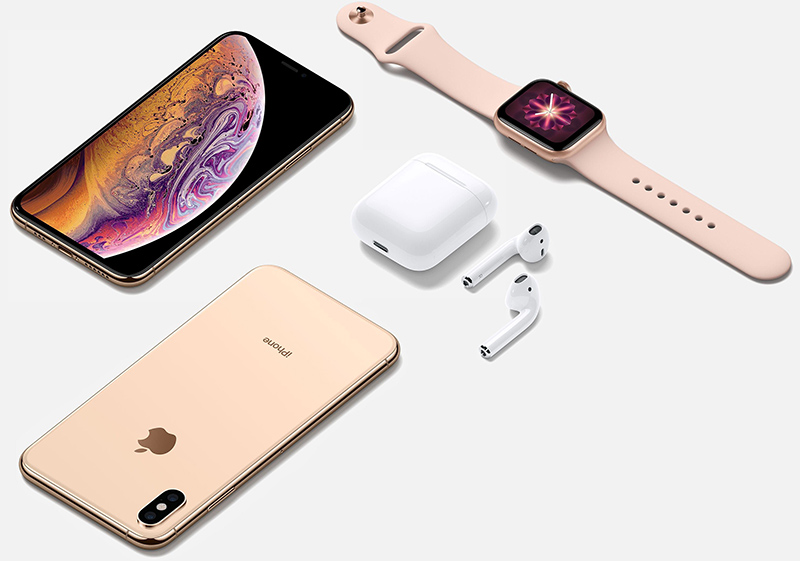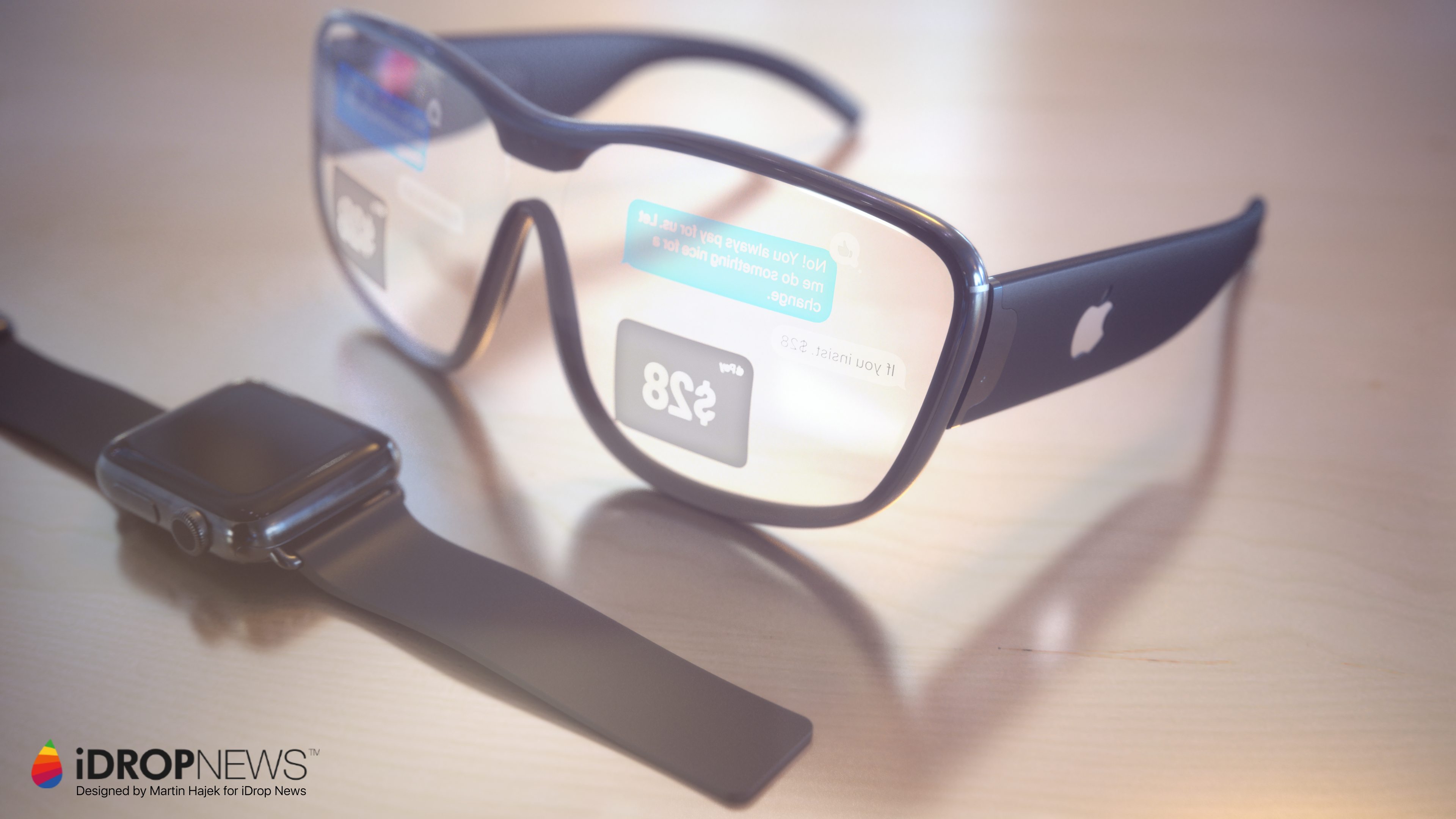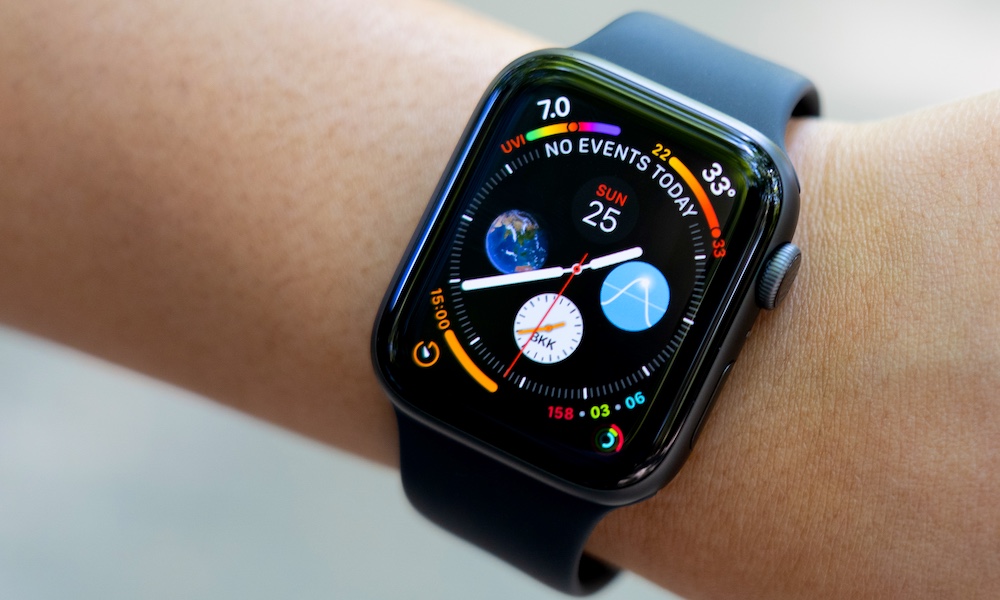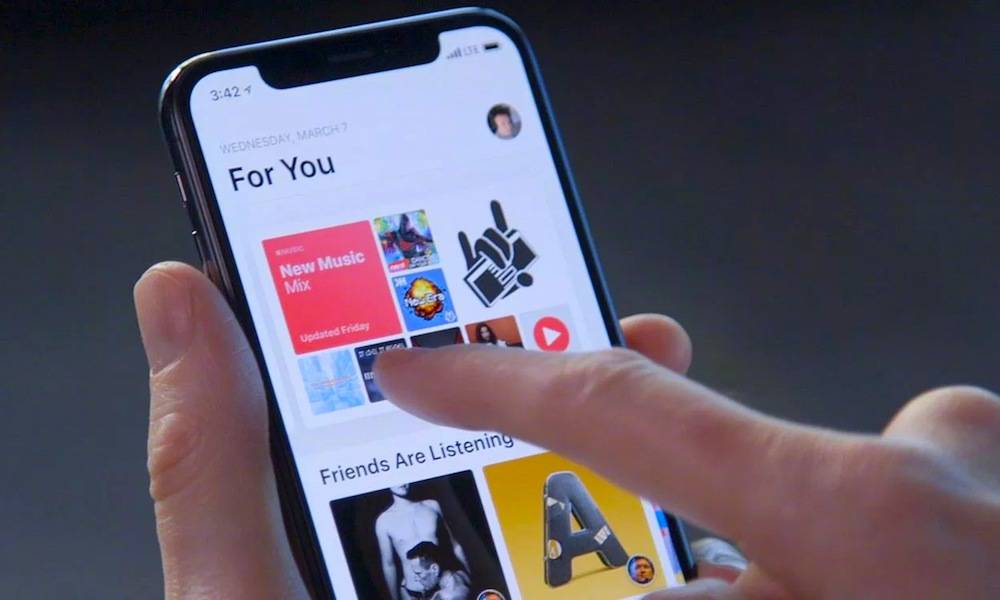5 Key Takeaways from Apple’s Q1 2019 Holiday Quarter Results
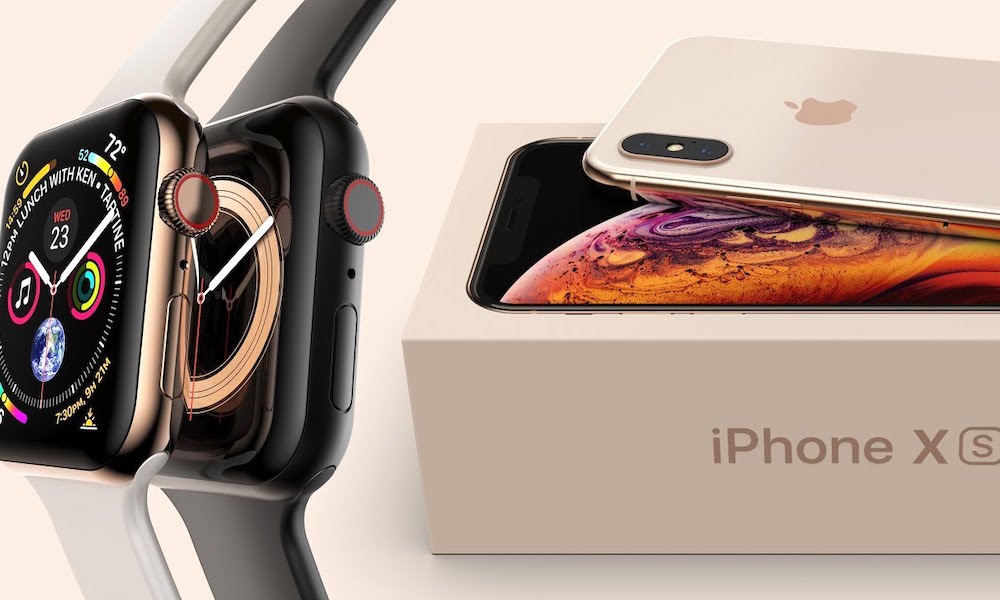 Credit: EverythingApplePro / YouTube
Credit: EverythingApplePro / YouTube
Apple in an earnings call on Tuesday reported the results of the 2018 holiday quarter (the first quarter of 2019 in its fiscal calendar). And it’s an important one for Apple and Apple watchers for a number of reasons.
Mostly, Apple reported results that lined up with expectations following the company's revenue guidance earlier this month — and AAPL is currently up about 5.67 percent in after-hours trading. But here are some of the most important bits from the earnings call. Continue reading to learn 5 Key Takeaways from Apple's Q1 2019 Holiday Quarter Results.
It’s Apple’s Second Best Quarter Ever
The earnings call, of course, comes in the wake of a rare revenue guidance warning that Apple issued on Jan. 2. But despite the warning and the strong hit that Apple took to its iPhone sales, Q1 2019 was still the second-best quarter in Apple’s history.
The quarter is only second to Q1 2018 in terms of performance. Apple reported gross margins of 38 percent, compared to 38.4 percent this time last year. Mostly, Apple’s report fell in line with expectations. Apple also now has $245 billion cash on hand, representing about a 3 percent increase from the last quarter.
The Numbers
It’s worth noting that this is the first quarter in which Apple changed the way it reports numbers. The company didn’t detail unit sales for iPhone, iPad or its other products. Instead, it reported revenue figures. Most of them fell in line with Wall Street expectations.
- iPhone: $51.98 billion
- iPad: $6.73 billion
- Mac: $7.42 billion
- Wearables, Home and Accessories: $7.31 billion
- Services: $10.78 billion
All in all, Apple reported total sales revenue of $84.3 billion during the holiday quarter. That’s a year-over-year decline of about 5 percent and is the first holiday quarter decline since 2001.
Apple Is Thinking Long-Term
iPhones sales are down 15 percent year-over-year for several factors — including slower sales in China, slower upgrade rates in other regions, battery replacements, and lack of subsidies. But Apple said it’s planning for the long-term.
Part of that is continuing to control the things that it can — and not just wait for “macroeconomic factors” to come and go.
“We don’t measure our success in 90-day increments,” Cook said, adding that Apple will continue to focus on three long-term solutions: loyal and satisfied customers, a growing active user base (which ties into Services), and a deeply ingrained culture of innovation.
Apple Still Seeing Growth in Other Products
While users are holding onto their iPhones for a bit longer than they have historically, Apple still saw growth in its other product sectors. Revenue for the iPad and Mac grew 17 percent and 9 percent, respectively, year-over-year.
And Apple’s new Wearables, Home and Accessories category (which includes everything from HomePod to Apple Watch) is growing a lot faster than that. It’s the fastest growing revenue segment in Q1 2019, expanding 33 percent from the past year. Apple says its wearables business is approaching the size of a Fortune 200 company.
Its Services Business Is Still Booming
Services, it seems, isn't going anywhere. Apple reported an increase of 120 million paid subscribers and a 19 percent increase in revenue across its various services versus this time last year. Apple noted that it tracked 1.8 billion Apple Pay transactions last quarter and that its total active installed base of devices grew to 1.4 billion.
CEO Tim Cook also hinted at an upcoming original video content service. Cook pointed out a multi-year partnership with Oprah but said Apple isn’t ready to “extend” the conversation about original content much further than that. “We’ll have more to say on that later,” Cook said.


